Search
Did you mean: Medea?
Search Results

Video
The Return of the Pawnees to Nebraska
Once exiled from Nebraska, the Pawnees are now regaining a presence in their homeland due to a remarkable act of reconciliation. In 2007, Roger and Linda Welsch did what few descendants of European immigrants have ever done in the 500-year...

Image
Achaemenid Empire Map
Map of the Persian Achaemenid Empire at its greatest extent under the reigns of Darius the Great and Xerxes. Inspired by Historical Atlas of Georges Duby (p.11, map D), this map was made by Fabienkhan the 24th of August 2006, using Inkscape...
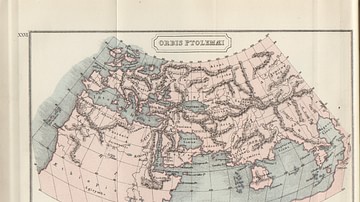
Image
Map of the Ptolemaic World
A map showing the known world at the time of the Ptolemaic Empire, ca. 300 BC.

Image
King Edward VIII and Wallis Simpson on Holiday in Yugoslavia
King Edward VIII (1894-1972) and Wallis Simpson (1896 - 1986) on holiday in Yugoslavia, 1936, before the abdication of the king.
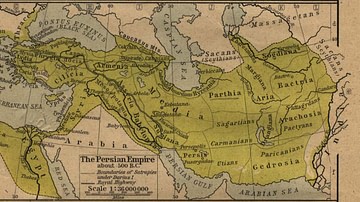
Image
The Persian Empire
The Persian Empire about 500 BC.
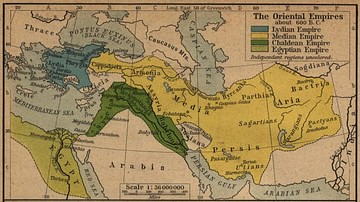
Image
The Oriental Empires
Map showing the Median, Lydian, Chaldean, and Egyptian empires around 600 BC.
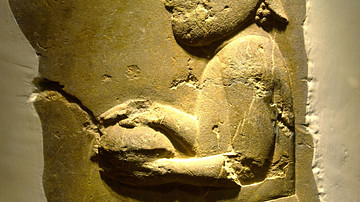
Image
Relief of a Median Man
This relief from Persepolis, Iran shows a Median man climbing a staircase. Experts are quite sure what he's holding in his hands, but it might a stone or a shield. This relief is made from gray limestone and dates from the 5th-4th century...
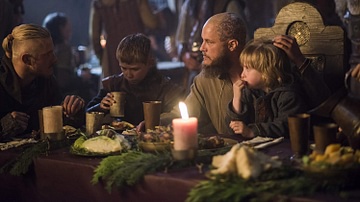
Article
Norse-Viking Diet
In many depictions of Vikings, whether in film or other media, a group is often seen gathered around a flaming pit while an animal of some type – usually a boar – turns on a spit above. While the people of Scandinavia certainly ate meat...

Article
Cultural Links between India & the Greco-Roman World
Cyrus the Great (558-530 BCE) built the first universal empire, stretching from Greece to the Indus River. This was the famous Achaemenid Empire of Persia. An inscription at Naqsh-i-Rustam, the tomb of his able successor Darius I (521-486...

Article
Bureaucracy in the Achaemenid Empire: Learning from the Past
In the early days of the Achaemenid Empire (c. 550-330 BCE), the kings came to realise that, if they were to be able to administer the vast mass of land and the multicultural people who inhabited it, they had to create an organizational system...